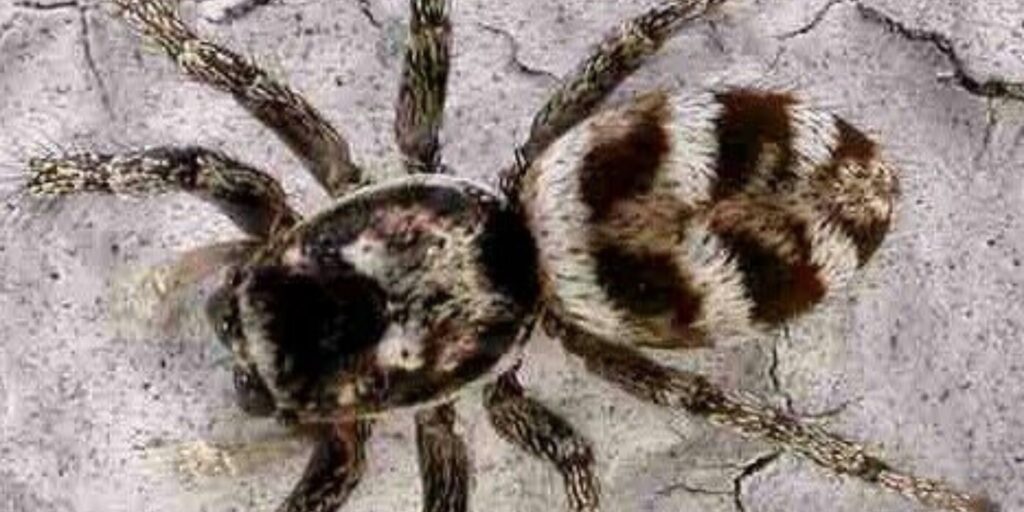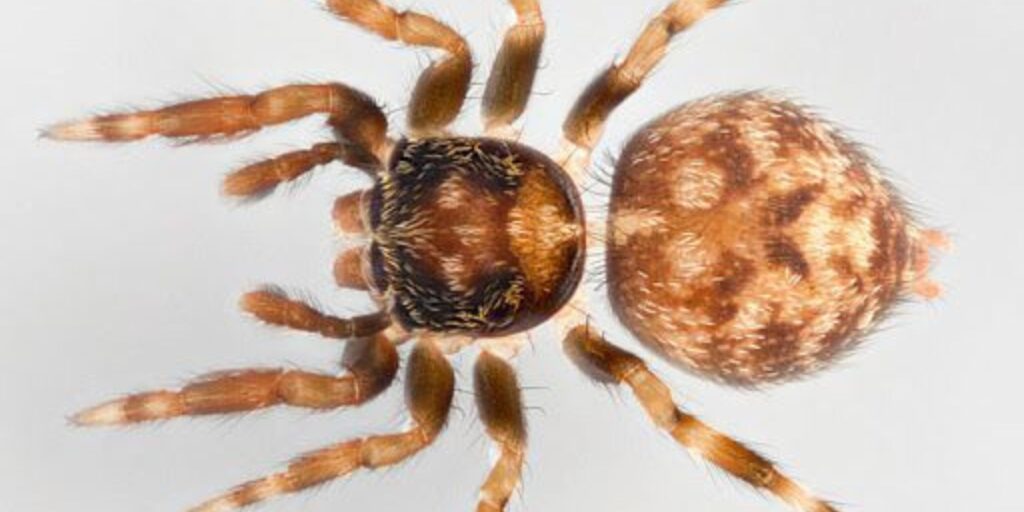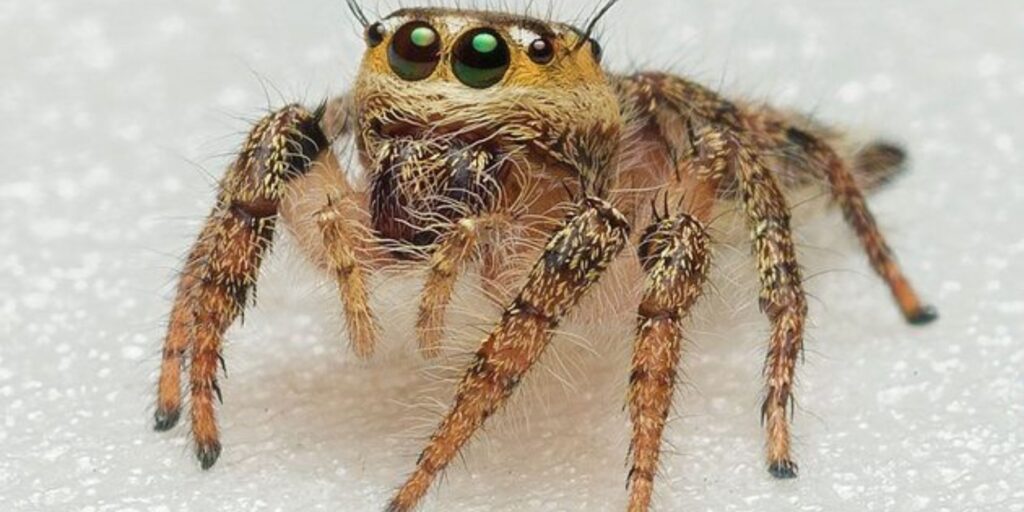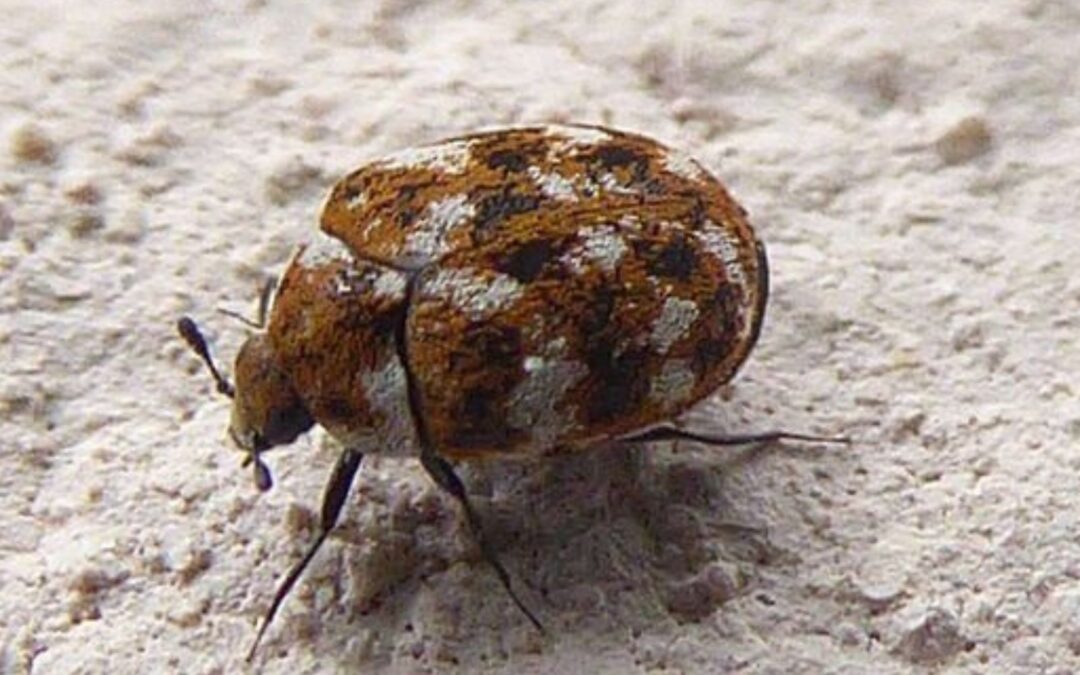Carpet beetles might be tiny, but they can create a significant stir in our homes. These little critters are often misunderstood, and one pressing question keeps many homeowners scratching their heads: Can carpet beetles fly? This inquiry goes beyond mere curiosity; it touches on how we manage these pesky invaders. In this post, we will dive deep into the world of carpet beetles, exploring their behavior, life cycle, and whether they truly take to the skies or prefer to stay grounded. Let’s unravel the myths and uncover facts about these household nuisances!
Can Carpet Beetles Fly? Unraveling the Myths and Facts
Carpet beetles are often mistaken for their more notorious relatives, the bed bugs. However, they pose a different set of challenges. These small insects, typically measuring around 1/8 to 1/4 inch long, can be found lurking in various fabrics throughout our homes.
The debate surrounding whether carpet beetles can fly has sparked numerous myths. Many assume that all pests have wings and can take flight whenever they please. This assumption confuses how these tiny creatures invade our living spaces.
Understanding carpet beetle behavior is essential for effective management. By getting the facts straight, homeowners can better protect their belongings and create an environment less hospitable to these unwelcome guests.
Introduction to Carpet Beetles

Carpet beetles are small insects in the family Dermestidae. They often go unnoticed until they become a nuisance in homes. With their round bodies and varied colors, these pests can be mistaken for harmless bugs.
These beetles thrive on materials rich in keratin, such as wool, silk, and even dead insects. Their larvae are particularly destructive because they feed on organic carpets, clothing, and upholstery fibers.
Carpet beetle infestations can occur year-round but are more common when they seek food sources indoors during warmer months. Understanding their behavior is crucial for effective management and prevention strategies against these household invaders.
Understanding Carpet Beetle Behavior
Carpet beetles are fascinating creatures with unique behaviors that distinguish them from other pests. They are primarily attracted to natural fibers, which makes carpets, rugs, and upholstery their preferred habitats. This affinity for organic materials often leads homeowners to overlook their presence until significant damage occurs.
These insects are nocturnal, making them more active at night when they search for food. Adult carpet beetles feed on pollen and nectar, while the larvae thrive on animal-based products like wool and silk. Their life cycle is crucial in infestations; females lay hundreds of eggs in hidden areas.
Understanding these patterns can help you identify potential problem spots before they escalate into larger issues. By observing where you find adult beetles or signs of larval activity, you can take proactive measures against future infestations. Life Cycle of Carpet Beetles
Carpet beetles undergo a fascinating life cycle consisting of four stages: egg, larva, pupa, and adult. The female lays tiny eggs in dark, hidden areas with abundant food sources. These eggs hatch within a week or two.
The larvae are the most destructive stage. They feed on natural fibers found in carpets, upholstery, and clothing. This phase can last several months to even years, depending on environmental conditions such as temperature and humidity.
After sufficient feeding, the larvae spin cocoons and enter the pupal stage. This transformation takes about 10 days to three weeks before they emerge as adults, ready to mate and start the cycle anew. Understanding this progression is key to managing infestations effectively.
Can Carpet Beetles Fly?
Carpet beetles are often a source of confusion regarding their flying abilities. Many wonder if these pesky little insects can take to the air. The answer lies in their unique anatomy and behavior.
Adult carpet beetles possess wings, but that doesn’t mean they’re frequent flyers. They generally prefer to stay close to their food sources, including natural fibers in carpets, clothing, and upholstery. When they do fly, it’s usually short distances.
While some might spot them fluttering indoors or outdoors, most of their movement is limited to crawling. So, while they can technically fly when necessary, carpet beetles aren’t known for soaring through the skies like other pests such as moths or flies.
Dispelling Common Myths
Many people believe that carpet beetles are harmless little bugs. However, this is a myth. While they might not bite humans like some pests, their larvae can cause significant damage to fabrics and stored items.
Another common misconception is that carpet beetles only thrive in dirty homes. In reality, these insects can infest any environment with organic materials. They’re attracted to pet hair, lint, and even food particles hidden in carpets or upholstery.
Some assume all carpet beetles have wings and can fly freely around the house. Although adult carpet beetles do possess wings, they aren’t strong fliers. Instead of soaring through the air like other pests, they prefer crawling along surfaces to find their next meal.
Examining the Flight Abilities of Carpet Beetles

Carpet beetles are intriguing little creatures that can fly. Their wings allow them to navigate various environments for food and suitable habitats. This ability is crucial for spreading their populations, especially during warmer months.
Most commonly found indoors, adult carpet beetles use flight to access areas where they can find fibers or organic materials to lay eggs on. They are attracted to light sources, which often leads them into homes uninvited.
However, while they can fly, it’s not the most efficient mode of travel for these pests. Carpet beetles may prefer crawling over flying when exploring their surroundings. This behavior influences how infestations occur and spread within households.
Preventing and Managing Carpet Beetle Infestations
Preventing carpet beetle infestations starts with regular cleaning. Vacuum your carpets, rugs, and upholstery to remove eggs and larvae. Pay attention to overlooked areas, like under furniture or inside closets.
Sealing cracks and crevices around windows and door frames can deter pests from entering your home. Screens on vents help keep them out while allowing proper airflow.
If you suspect an infestation, act quickly. Natural remedies such as diatomaceous earth can eliminate adult beetles without harsh chemicals. For more severe cases, consider professional pest control services for targeted treatment options tailored to your situation.
Identifying Carpet Beetles Early
Early detection of carpet beetles can prevent a small problem from becoming a full-scale infestation. Keep an eye out for telltale signs such as holes in fabrics, carpets, or upholstery. You might also spot the larvae, which are small, worm-like, and covered in tiny bristles. Adult carpet beetles are oval-shaped and typically dark with distinctive patterns. If you catch an infestation early, controlling it becomes much easier, allowing you to take preventive steps before the beetles spread further.
Cleaning Tips to Prevent Carpet Beetles
Cleaning is one of the most effective methods for preventing carpet beetles from settling in your home. Regular vacuuming, especially in areas where dust and debris tend to accumulate, such as under furniture, along baseboards, and behind curtains, is essential. Be sure to empty the vacuum bag or canister immediately after use to avoid reintroducing any beetles or larvae back into your home. Additionally, wash your bedding, clothing, and any fabrics that may be susceptible to infestation, using hot water to kill eggs, larvae, and adult beetles.
Proper Storage to Avoid Carpet Beetles
Carpet beetles are attracted to natural fibers like wool, silk, and cotton. To prevent infestations, store clothing, blankets, and other fabric items in sealed bags or containers. Avoid leaving items out in the open where these pests can easily access them. Consider using mothballs or cedar blocks, which are known to repel beetles, for added protection in storage spaces such as closets and attics. Keeping your fabrics secure in airtight storage solutions can greatly reduce the risk of carpet beetle damage.
Using Essential Oils as a Natural Repellent
Essential oils like lavender, eucalyptus, and peppermint can serve as a natural deterrent against carpet beetles. These oils are often used in sprays or diffusers to keep pests at bay. Mix a few drops of essential oil with water and spray around your home, particularly in areas where carpet beetles are likely to appear. These oils not only help repel beetles but also leave a pleasant fragrance in your home. It’s an easy and eco-friendly option for maintaining a beetle-free environment.
Understanding the Risks of Chemical Treatments
While chemical treatments may be effective for eliminating carpet beetles quickly, it’s important to understand the risks involved. Many pesticides contain harmful substances that can pose a danger to humans, pets, and the environment if not applied correctly. Always read the instructions carefully, and consider hiring a professional pest control service to ensure the chemicals are used safely. If you opt for chemical treatments, take precautions such as vacating the treated area until it’s safe to return and ensure proper ventilation in the space.
When to Call a Professional Pest Control Service
If the carpet beetle infestation is severe or persists despite your efforts to control it, it may be time to seek professional pest control assistance. Experts can assess the extent of the infestation and recommend appropriate treatments, which may include both chemical and non-chemical methods. Professional pest control services also have the knowledge and tools to locate hidden infestations in areas you might miss. Hiring a pro ensures that the issue is dealt with quickly and effectively, saving you time and potentially costly damage.
Preventing Future Carpet Beetle Infestations

Once you’ve successfully dealt with a carpet beetle problem, prevention is key to avoiding future infestations. Continue practicing regular cleaning routines, proper fabric storage, and sealing cracks around your home. Stay vigilant by inspecting your home periodically for signs of returning beetles. Implementing these proactive measures will help keep your living space beetle-free and protect your belongings from damage.
In conclusion, controlling carpet beetle populations requires a combination of early detection, thorough cleaning, proper storage, and choosing between natural remedies or chemical treatments. Whether you prefer eco-friendly options or faster chemical solutions, taking steps now can prevent future infestations and protect your home from costly damage.

